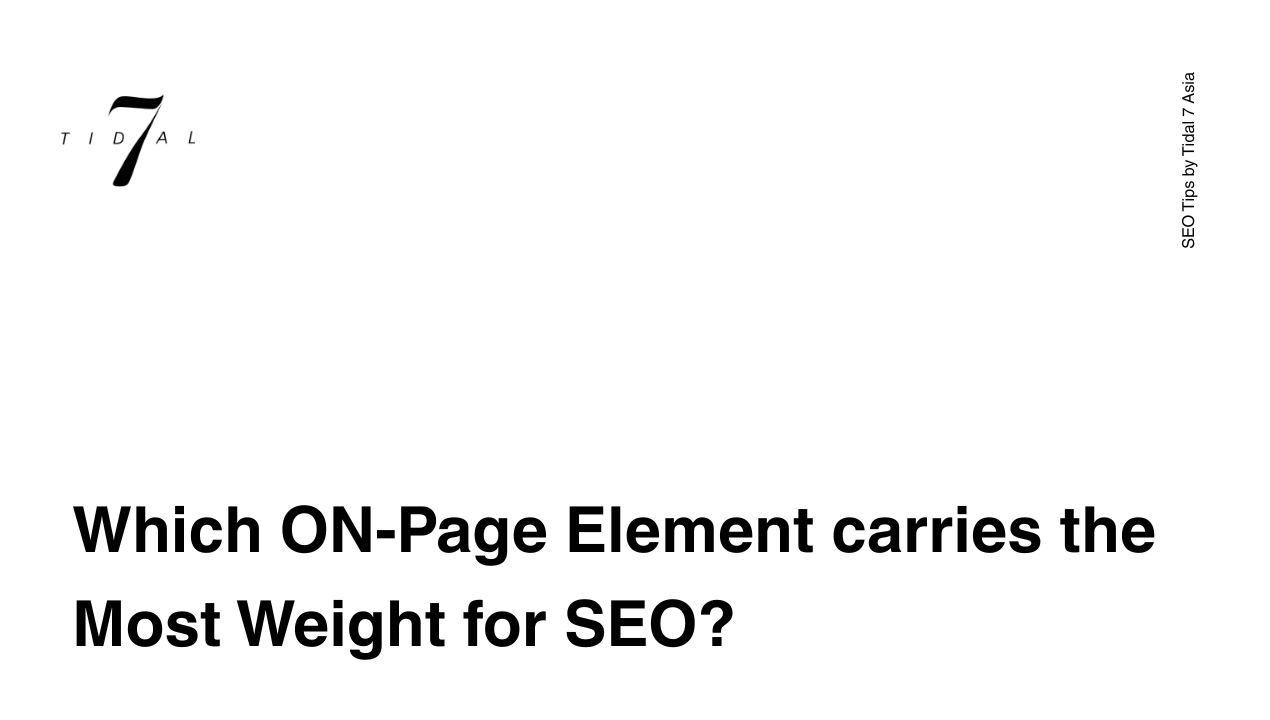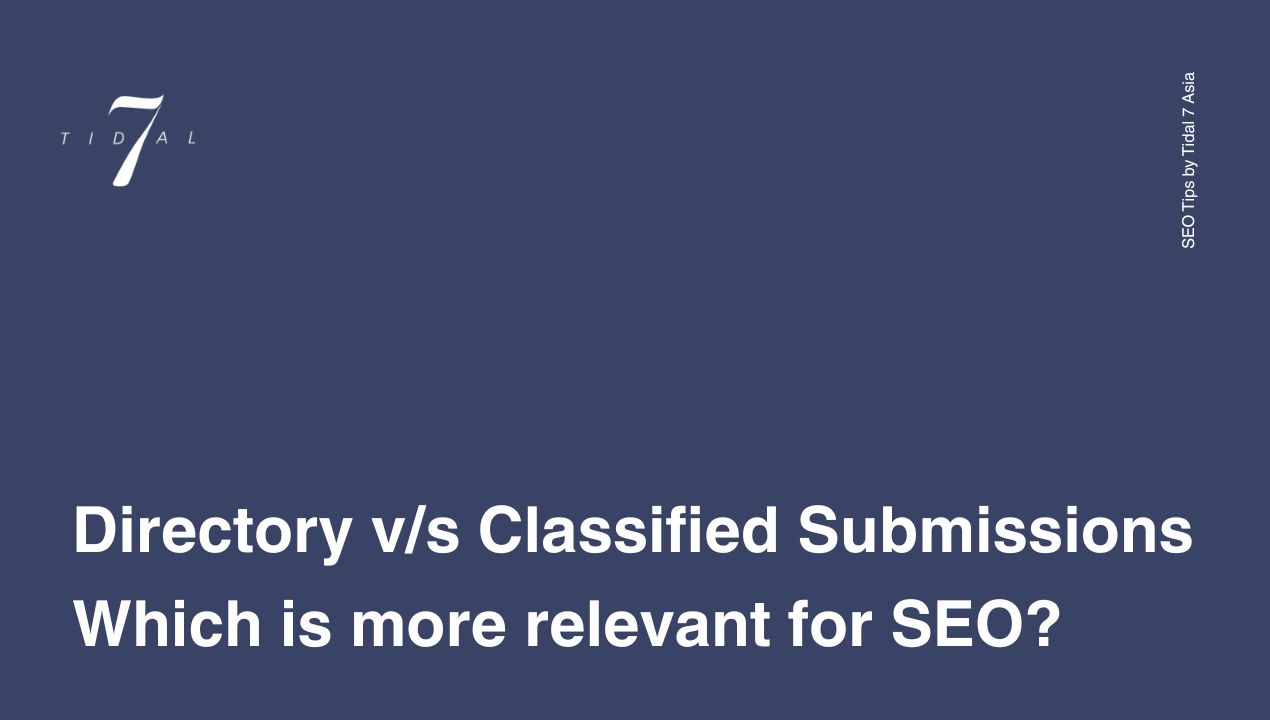
Why Your Brand Isn’t Resonating (And How to Fix It)
You’ve invested in premium creative. Your strategy looks solid on paper. Your media placements are reaching your target demographic. And yet, something’s not clicking. Despite all the right pieces seemingly in place, your brand just isn’t resonating with consumers in the way you’d hoped.
This disconnect is surprisingly common. Brand resonance failures rarely stem from a single catastrophic flaw, but rather from subtle misalignments that create cumulative dissonance. The good news? Once systematically identified, these resonance gaps can be methodically closed.
The Resonance Gap: Quantifying the Problem
Before diving into solutions, let’s frame the scope of the resonance challenge facing today’s brands:
- Only 23% of consumers report feeling emotionally connected to the brands they regularly purchase
- 64% of consumers say they couldn’t care if most brands disappeared tomorrow
- Despite record marketing expenditures, brand loyalty metrics have declined consistently for the past five years
- The average consumer actively engages with just 12-15 brands despite being exposed to thousands
These statistics point to a fundamental truth: gaining meaningful attention, let alone resonance, has never been more difficult.
The Seven Resonance Killers
Research across sectors from consumer packaged goods to financial services reveals seven common barriers that prevent brands from establishing meaningful connections:
1. Authenticity Dissonance
Perhaps the most damaging resonance killer occurs when a brand’s external messaging contradicts its actions, internal culture, or history. Modern consumers have developed highly tuned “authenticity detectors.”
Signs of authenticity dissonance:
- Social media comments consistently challenge your brand claims
- Employees rarely share or engage with brand content
- Message testing shows high initial appeal but rapid decay in believability
Example: WeWork’s collapse was accelerated by the growing gap between its communal, purpose-driven external messaging and the reality of its profit-focused internal culture.
2. Emotional Misalignment
Many brands intellectually understand their target audience but fail to align with their emotional reality, creating marketing that may be strategically sound but emotionally tone-deaf.
Signs of emotional misalignment:
- Focus groups respond, “I understand what they’re saying but it doesn’t speak to me”
- High recall metrics but low affinity scores
- Creative receives positive feedback but drives minimal behavior change
Example: Peloton’s notorious 2019 holiday commercial perfectly illustrated emotional misalignment, presenting what was intended as an aspirational fitness journey that instead read to many viewers as a troubling relationship dynamic.
3. Cultural Irrelevance
Brands that fail to evolve with shifting cultural contexts quickly become relics. Cultural resonance requires continuous recalibration to remain relevant.
Signs of cultural irrelevance:
- Declining performance among younger demographics despite increased spending
- Brand associations skew toward past rather than present attributes
- Consumer feedback frequently references feeling “outdated”
Example: Gap’s decade-long struggle to recapture relevance demonstrates how a brand can lose cultural connection despite maintaining high awareness and stable product quality.
4. Value Proposition Diffusion
When brands try to stand for everything, they ultimately stand for nothing. Resonance requires clear, focused value propositions that consumers can immediately grasp.
Signs of value proposition diffusion:
- Brand tracking reveals weak association with any specific attributes
- Internal stakeholders give inconsistent answers about brand positioning
- Marketing materials require extensive explanation to convey benefits
Example: Yahoo’s inability to maintain resonance stemmed largely from continuous expansion into disparate services without a cohesive value proposition connecting them.
5. Experience-Message Incongruence
Even the most compelling brand messaging will fail if the actual customer experience contradicts it. This dissonance between promise and delivery creates lasting brand aversion.
Signs of experience-message incongruence:
- High customer acquisition rates paired with poor retention
- Strong negative sentiment clusters around specific customer journey points
- Social listening reveals frequent expressions of disappointment
Example: Many traditional banks continue to advertise personalized, caring service while simultaneously reducing human touchpoints—creating a resonance-destroying contradiction.
6. Audience Overextension
Pursuing maximum market share often leads brands to dilute their focus, creating messaging too generic to deeply resonate with any particular audience segment.
Signs of audience overextension:
- Marketing briefs describe target audiences in increasingly broad terms
- Creative testing shows moderate acceptance across segments but deep connection with none
- Customer base is large but advocacy rates remain low
Example: J.C. Penney’s failed reinvention demonstrated how pursuing new audiences while alienating core customers can destroy brand resonance across all segments.
7. Tactical Inconsistency
In the pursuit of performance metrics and channel optimization, many brands create disconnected tactical executions that fail to build cohesive meaning over time.
Signs of tactical inconsistency:
- Brand guidelines exist but are regularly circumvented for “special cases”
- Different agencies handle different channels with minimal integration
- Consumers struggle to summarize what your brand stands for
Example: Uber’s inconsistent visual identity and messaging during its rapid growth phase created recognition but limited emotional connection until its comprehensive brand system overhaul.
The Resonance Resolution Framework
A systematic approach to diagnose and address resonance failures can help brands transform from commodities into meaningful preference drivers:
Phase 1: Resonance Diagnostics
Before prescribing solutions, conduct a thorough diagnostic process:
- Perception-Reality Mapping: Identify gaps between what brands believe they stand for and actual consumer perceptions
- Cultural Velocity Analysis: Track how quickly brand associations evolve compared to cultural context
- Emotional Territory Exploration: Map the emotional landscape of category interactions to identify underserved emotional territories
- Experience Equity Assessment: Analyze the emotional valence of each customer journey touchpoint to identify experience-message gaps
Phase 2: Resonance Strategy Development
Once specific barriers are identified, develop targeted strategies:
- Authentic Core Articulation: Excavate authentic strengths and values already present but perhaps unarticulated
- Emotional Whitespace Identification: Identify underserved emotional needs that align with authentic brand strengths
- Cultural Connection Planning: Develop approaches to maintain cultural relevance without sacrificing core brand identity
- Experience-First Messaging: Define experience principles before communication platforms
Phase 3: Resonance Activation
With strategy defined, focus on creating consistent, multi-dimensional brand expressions:
- Narrative System Development: Create interconnected narrative systems that build meaning over time
- Internal-External Alignment: Implement processes to ensure internal culture and external messaging remain in harmony
- Signature Brand Behaviors: Define signature actions that make the brand recognizable through behavior, not just appearance
- Resonance Measurement: Establish metrics that focus on connection quality over exposure quantity
Implementing Resonance: Where to Start
While comprehensive resonance transformation typically requires systematic intervention, there are immediate actions brands can take:
- Conduct an Authenticity Audit: Evaluate whether your external promises align with operational reality
- Map Category Emotional Territories: Identify unmet emotional needs that align with your authentic strengths
- Simplify and Focus Value Propositions: Articulate your brand’s core value proposition in a single compelling sentence
- Eliminate Experience-Message Gaps: Ensure your most common customer interactions deliver on your brand promises
- Develop Consistent Brand Behaviors: Define how your brand behaves across contexts beyond visual identity
The Rewards of Resonance
Brands that successfully establish resonance enjoy substantial competitive advantages:
- Pricing Power: Resonant brands command average price premiums of 28% over commodity alternatives
- Media Efficiency: Emotionally connected consumers require 4-6x fewer advertising exposures to drive action
- Organic Amplification: Resonant brands enjoy 3.4x higher rates of word-of-mouth recommendation
- Talent Attraction: Companies with resonant brands receive 2.5x more qualified job applications at 15% lower recruitment costs
- Crisis Resilience: Strongly resonant brands recover from reputation challenges 58% faster than weakly resonant competitors
Conclusion: From Resonance Gap to Relationship
The fundamental paradox of modern marketing is that as technological capabilities expand, genuine human connection becomes both more difficult and more valuable. Brands bombard consumers with more messages through more channels than ever before, yet fewer manage to establish meaningful presence in consumers’ lives.
By diagnosing specific resonance barriers and systematically addressing them, brands can transform from background noise into meaningful relationships that deliver lasting business impact. The brands that will thrive aren’t necessarily those with the largest budgets or the most advanced technologies, but those that most authentically connect with human needs, emotions, and values. In a world of endless choice and limited attention, resonance isn’t just a marketing objective—it’s the essential foundation of sustainable business success.




